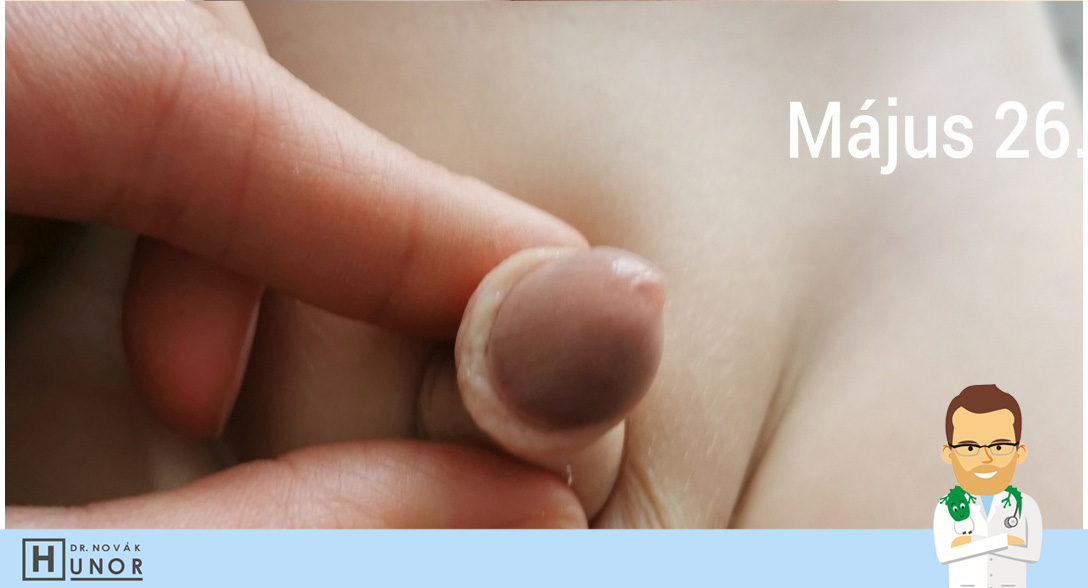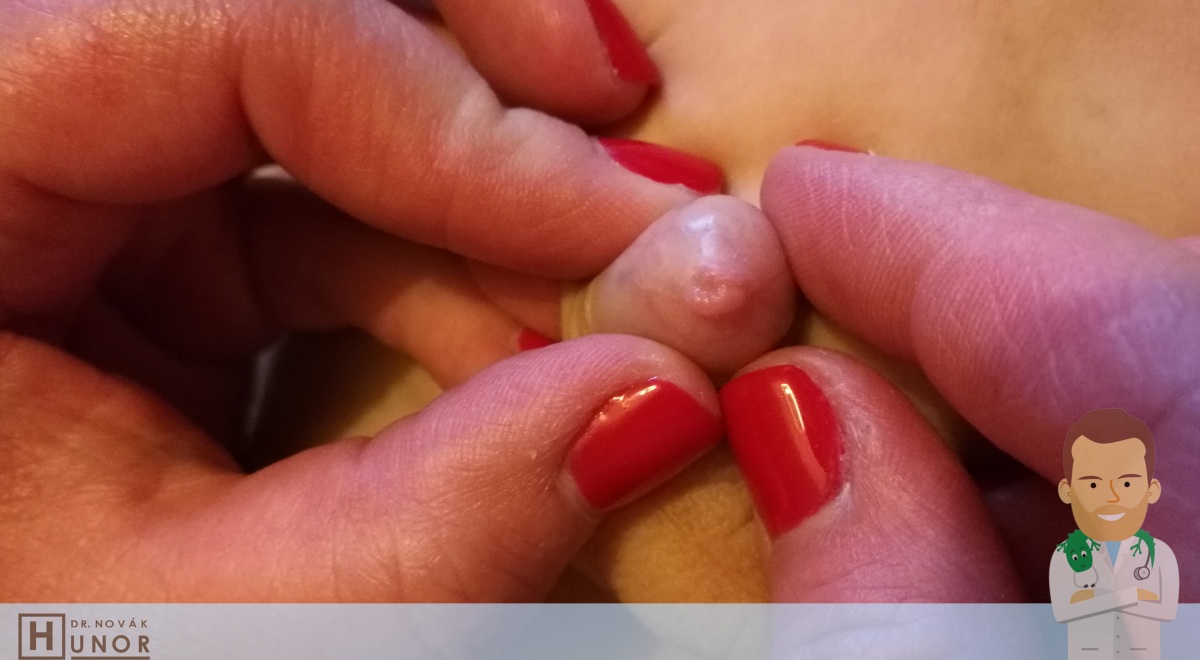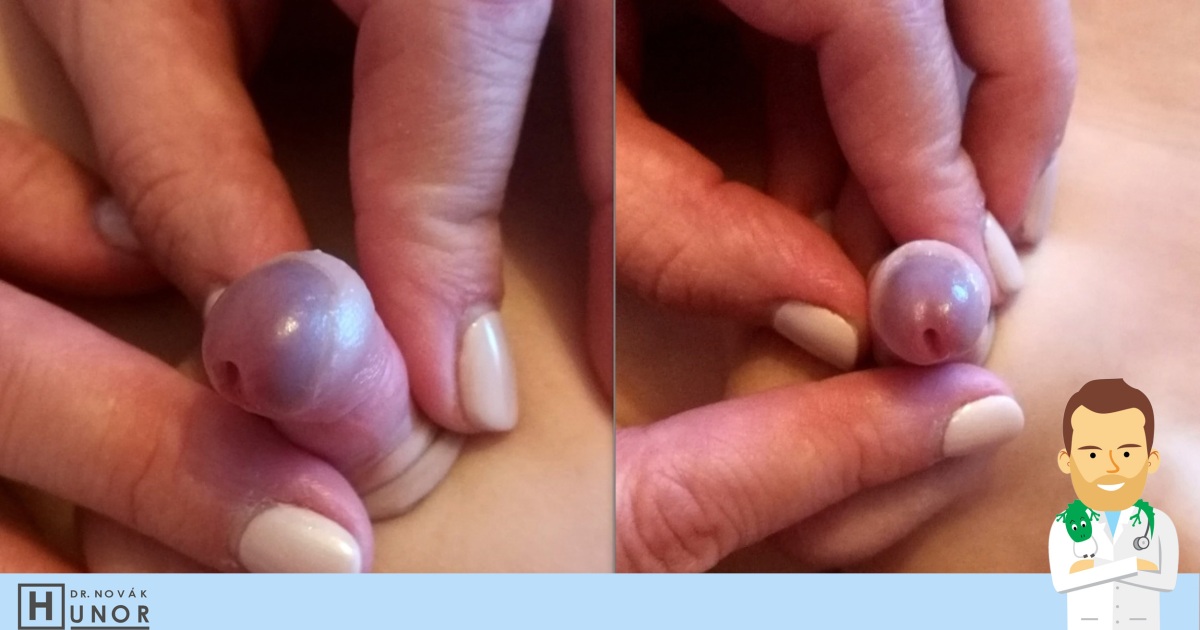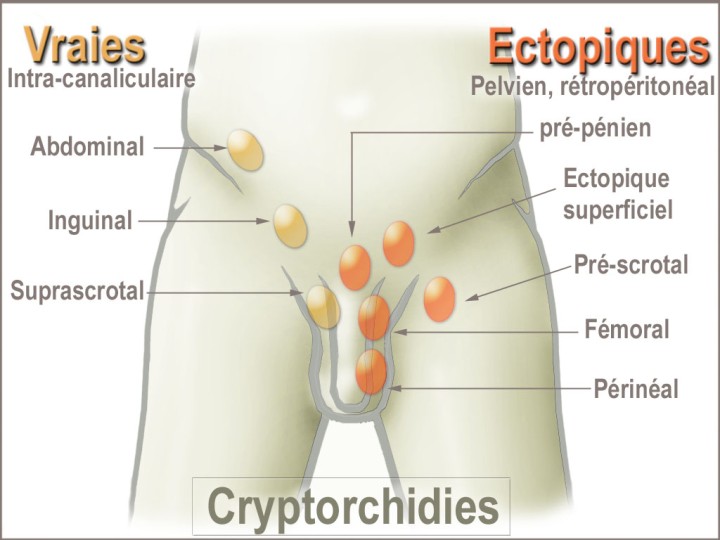Betegségek
Tight foreskin: How to resolve phimosis without surgery (with real photos)
2025-05-29
| Frissítve:
2025.05.29 21:38:32
Dr. Novák Hunor
Unfortunately, many children— both globally and in my country — undergo unnecessary surgery due to foreskin adhesions or tight foreskin. Phimosis in children is a common issue. In this article, I’ll show a real photo sequence of how a more severe case was resolved through my therapeutic program — without surgery.
(My website is in Hungarian, but this article has been translated into English so it can reach more people around the world. Dr. Hunor Novak – Phimosis expert, pediatrician)
I’ve treated many patients with tight foreskin and helped a great number avoid surgery. In fact, several came to me already scheduled for circumcision under general anesthesia. The following photos show how even a more severe case of phimosis was resolved within one month using the treatment plan I recommend:
BEFORE TREATMENT (To display the image, click the red button below the image):
AFTER 10 DAYS (To display the image, click the red button below the image):
AFTER 36 DAYS:
With another patient, this was the condition before treatment:
TWO WEEKS LATER:
Sometimes, all that’s really needed is patience and follow my advices.
If you’d like to explore the topic in more detail, my video series The Foreskin Guide (available for purchase) walks you through the treatment plan: when and how to treat at home, when surgery is indicated etc.
I created this video with the goal of making it so thorough and detailed that after watching it, there’s practically no need to visit me in person. I explain and demonstrate everything far more extensively than what’s possible during a regular consultation.
Video Sneak Peek – 1 Minute from The Foreskin Guide >>
I’m very pleased that the response has been overwhelmingly positive: according to anonymous feedback, over 99% of buyers found the videos extremely helpful and would recommend them to other parents.
Treatment of phimosis, tight foreskin
FULL VIDEO – THE FORESKIN GUIDE >>
There’s a lot of misinformation and contradictory medical advice when it comes to foreskin care—especially around questions like whether the foreskin should be retracted, and if so, at what age.
I’ve read extensive medical literature on this topic and have been focusing on phimosis for many years. I created a 70-minute video series — available for purchase — about tight foreskin and foreskin adhesions. It includes numerous photos and videos of both normal and abnormal foreskins.
In the videos, I explain effective treatments, the use of creams, and I demonstrate proper foreskin stretching techniques on video. Access to the full content is only available after purchase, but since I receive many questions about phimosis and adhesions, I’d like to share some general information here as well.
One of the most common concerns among parents is that their son’s foreskin cannot be retracted.
This usually has two causes, which often appear together:
-
A circular narrowing of the foreskin (physiological and pathological phimosis), and
-
The foreskin being adhered to the glans (also known as foreskin adhesion).
In international literature, these two conditions are often not separated clearly. Instead, they are typically described as either physiologic phimosis (a normal developmental stage) or pathologic phimosis, which is most often caused by earlier trauma, inflammation, or scarring of the foreskin.
In the video, I explain in detail how to tell whether a phimosis is physiological or pathological, and what steps to take in each case. With the help of numerous photos and videos, even a parent with no medical background will be able to recognize whether their child’s foreskin condition is normal or requires attention.
I’ve read a wide range of international medical literature on the topic, and based on that, I developed a treatment plan for treating phimosis—one that I also recommend to my patients during consultations.










